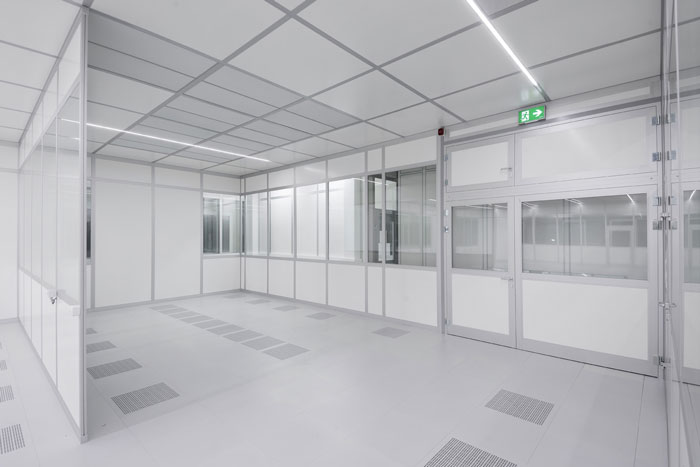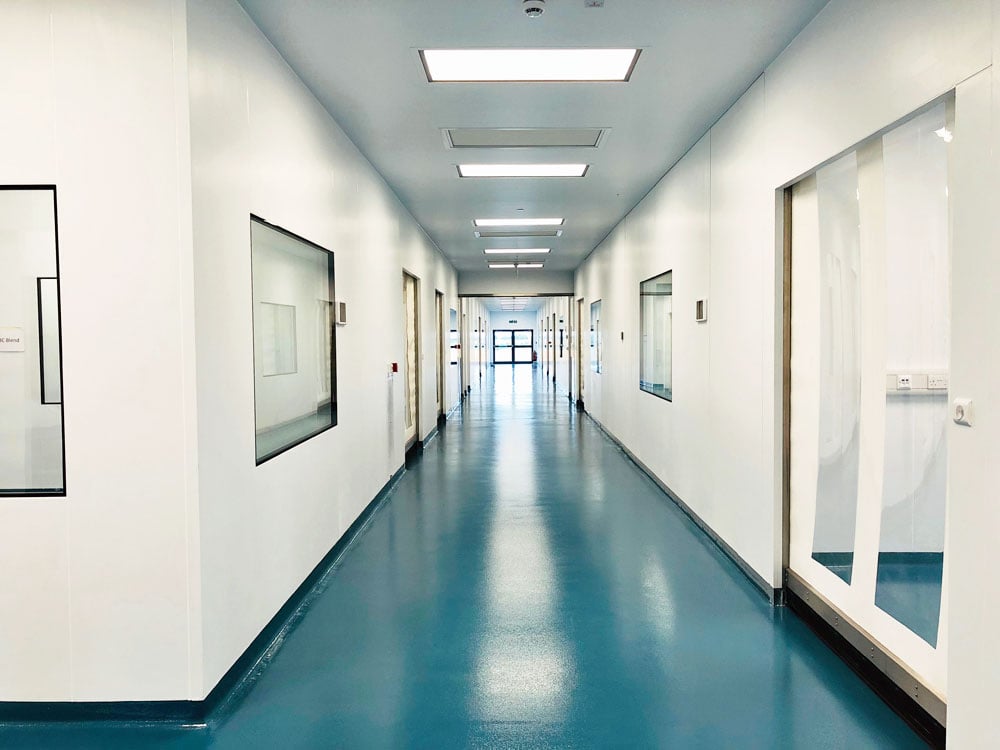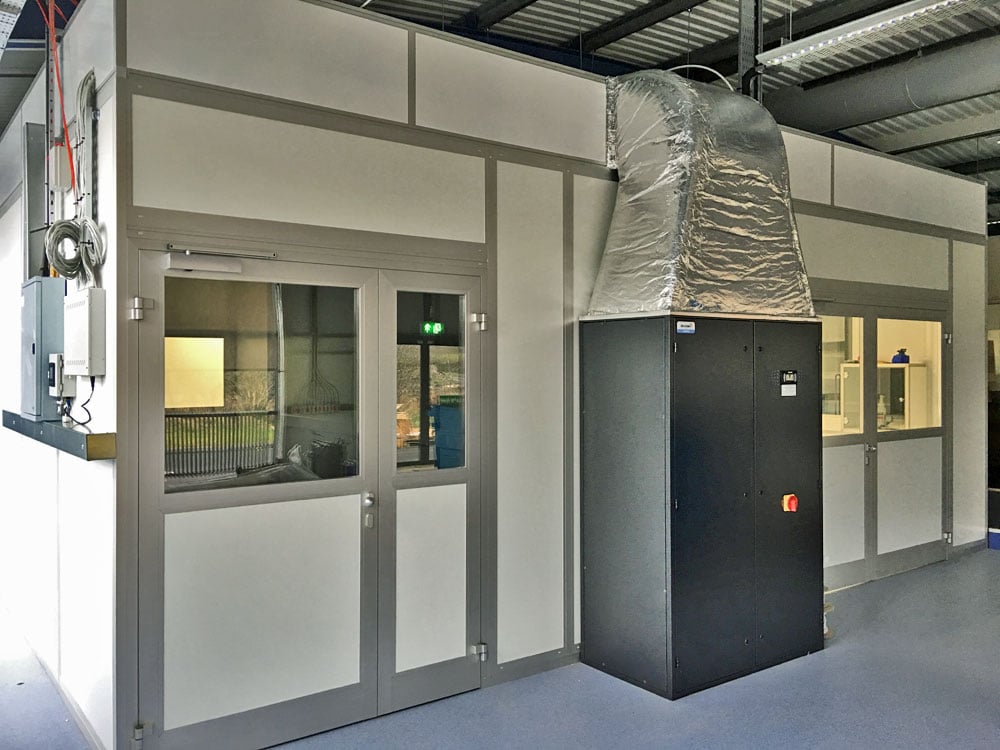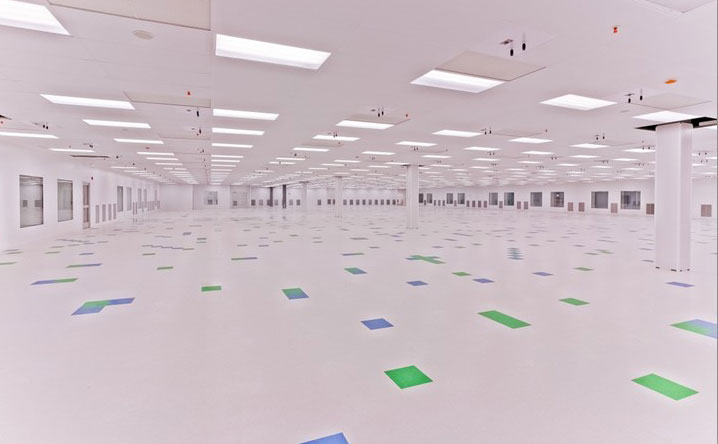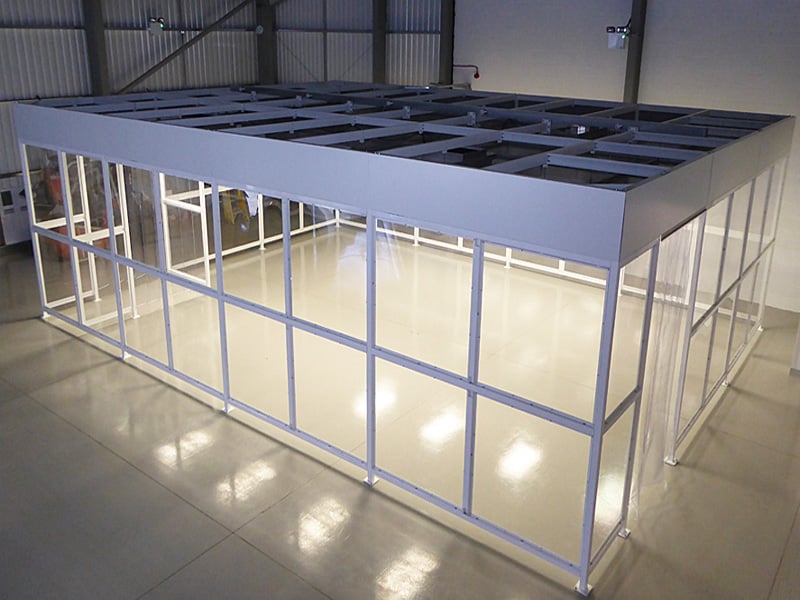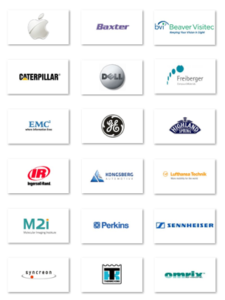Introduction to Cleanrooms
Cleanrooms are purpose-built units designed to create a space that is free from contaminants and air particles that may adversely effect the testing and manufacture of products.
Cleanrooms allow for precision testing and manufacture across a wide range of industries in environmentally clean and safe areas and help to ensure high standards for quality control and safety. They can be used in all operations from Research, Manufacturing, Quality Measurement and Control to Packaging and Dispatch.
Due to the variety of industries and the range of applications and requirements, there are a number of different cleanroom types and builds that can be used depending on the application / purpose of the cleanroom. In particular, there are both hard and soft-shell clean rooms, pharmaceutical cleanrooms and modular clean rooms.
Typical Industries
While cleanrooms can be designed for any industry or application, there are certain industries where cleanrooms are essential to the business.
Optics
Optics manufacturing requires the use of a clean environment to ensure cleanliness and humidity control upon the lenses. This can be most widely seen within smartphone and camera development where even the smallest particles or a change in humidity can have a big impact the on quality of the manufactured products. The implications of any contaminations or changes in the manufacturing environment can lead to high costs due to product failures or rework.
Clean rooms provide air filtration systems that reduce airborne particles and control the temperature and humidity in the working environment .
Nanotechnology and Electronics
Advances in technology and measurement systems has led to the development of smaller components particularly in the electronics industry. This reduction in size (of high precision devices and CPU’s) more often than not means that the work environment has to be much better controlled to ensure that accuracy that is needed for these devices. The use of Cleanrooms is essential to these manufacturers as they can be used to create the environment that is necessary for the manufacturing process.
Modular cleanrooms are common in Nanotechnology and Electronics as they can provide a very high level of contamination and environment control while still providing the flexibility to construct or re-configure the cleanroom to best fit the working environment.
Research
Pharmaceutical companies and research laboratories need the control provided by cleanrooms to eliminate contamination and allow for accurate testing. Spills, dust and other outside interferences can have a huge impact upon test results, costing time and money.
On the other hand, Cleanrooms also protect the outside world by containing harmful chemicals, gases or biological matter from being released to the outside world.
These industries are highly controlled and regulated, and pharmaceutical grade cleanrooms are a basic requirement. In addition to this, numerous other protocols, controls and practices are implemented to limit contamination. These include, entry and exit controls, air-showers, clothing or coveralls etc.
What Defines a Cleanroom
Cleanrooms are classified by how clean the air is within a cleanroom. The number of particles equal to and greater than 0.5µm measured in one cubic foot of air, is used to classify the cleanroom.
Along with this designation, there are also several key features which must be present to both allow for classification and for the cleanroom to operate properly.
- The High-Efficiency Particulate Air (HEPA) filter is used to trap particles 0.3 microns and larger. All the air delivered to a cleanroom passes through HEPA filters this eliminates almost all airborne particles.
- Smooth and flush surfaces are utilised to minimise the accumulation of contaminants.
- Wash and gown procedures must be strictly adhered to avoid outside contamination.
The classification and number of particles permitted are designated by respective legislative and government bodies depending on the industry and necessary protective measures that are required.
The lower number of particles permitted the higher the level of cleanliness and restive measures required within the cleanroom.
What is Contamination?
Cleanrooms are environments with low and controlled levels of contamination, their effectiveness is classified by the number of particles per cubic meter at specific particle size.
Pollutants which can increase the particle number include dust, airborne microbes, aerosol particles, and chemical vapours. Almost any foreign body not permitted into a cleanroom is classified as a contaminant. A typical city will have 35 million particles per cubic meter, this would be on the lowest level of cleanroom efficiency.
Cleanrooms neutralize the contaminates through a variety of methods including smooth surfaces, air filtration systems, cleaning areas and positive air pressure.
Much effort is put into developing secure areas so that outside interference must be eliminated as much as possible. Increasingly levels of danger may require the use of biohazard suits and other safety equipment in conjunction with existing cleanroom practices and procedures.
Types of Cleanrooms
Modular cleanroom
Modular cleanrooms are designed with the existing structure in mind. This allows for bespoke customizations using factory prefabricated hard walls which can be tailored and designed to customer specifications. Window glazing and composite panels with patented locking systems ensure complete legislative adherence.
Modular cleanrooms can be designed for all needs and can meet any cleanroom classification grade. These are the most versitile builds and have the advantage of being re-configurable should the industry expand or the needs within the testing environment change.
By utilizing existing buildings, construction cost and the cleanroom construction time can be significantly reduced.
Pharmaceutical cleanrooms
Pharmaceutical cleanrooms meet the most stringent medical and scientific guidelines allowing for complete safety and controls within the cleanroom environment. Wall panels can be finished with pharmaceutical-grade anti-microbial UPVC coating, an anti-static laminate or an aluminium powder coating. Windows and doors are semi-flush, thereby minimising surfaces for any dust contamination to settle and making the cleaning procedures easier and more effective.
Easy to wipe surfaces are often used with pharma cleanrooms for efficiency and safety.
Pharmaceutical grade cleanrooms must meet several specifications to qualify which ensure precision, cleanliness and expert engineering. With numerous panel finishes depending on client requirements, it is possible to create cleanroom environments for all pharmaceutical and medical needs.
Soft wall cleanrooms
Soft wall cleanrooms are versatile, customizable and cost-effective approaches to industries which require cleanrooms without the legal and legislative requirements of pharmaceutical and other stringent industries.
These are perfect for room in-room solutions, soft wall cleanrooms are ideal for material development and small scale medical device manufacture.
E-Liquid cleanrooms
eLiquid cleanrooms are some of the latest on the market and have been generated in response to new legislation governing the production of E-cigarettes and associated products.
The development of safety protocols and testing facilities has warranted the need for specific cleanrooms to meet legislative needs.
Softwall facilities are the most common, but larger grade modular rooms can also be used.
Cleanrooms in the future
The importance of cleanrooms and their functionality for production and testing will only increase in the future. Controlled environments are necessary for almost every industry from food production to drug development and aerospace.
As legislation changes and/or industries move forward they will require accurate and safe facilities. Having customizable and cost affective areas ready to go and that don’t require in-house resources make cleanrooms a worthwhile if not essential option.


